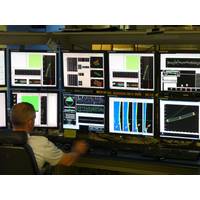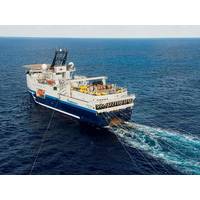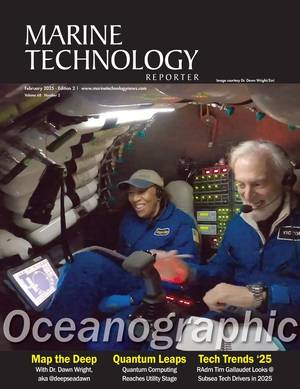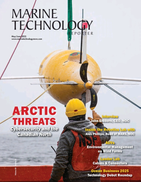
Teledyne Maintains Course
.com | www.teledynecablesolutions.com Seismic Teledyne Marine Seismic, comprised of AG Geophysical, Bolt, Real Time Systems, and Geophysical Instruments, supplies the world’s marine seismic fleets with high-quality ruggedized submersible connectors, seismic energy sources, seismic source management systems, and complex hydrophone systems for defense, seismic survey, and other marine market applications. We also provide instrumentation engineered for reliable performance in the harshest of ocean conditions. Contact: Teledyne Marine Seismic, 5825 Chimney

MTR100: Teledyne Marine Sensors & Systems (PART I)
to identify features likely to contain hydrocarbon deposits; listen for the “signatures” associated with ships and submarines; and conduct research associated with the marine environment. • Teledyne Bolt is a leading designer and manufacturer of seismic energy sources. In 1993 Bolt introduced the LONG-LIFE Air Gun, which has become the world’s most widely used air gun for marine seismic exploration. Teledyne Bolt, Inc. in conjunction with WesternGeco recently developed a new marine air gun based on a revolutionary design. The eSource

Virtual Aids to Navigation Mark Research Equipment
; geoscience company that provides geological and geophysical survey and analysis primarily to the oil and gas industry. In its ongoing quest to map the ocean’s floors, CGG survey vessels tow an array of cables in the water at a up to a 50 ft. depth, an array of cables that contain seismic energy sources, usually a series of airguns that are fired at regular intervals as the vessel moves along predetermined survey lines. Energy reflected from beneath the seafloor is detected by numerous ‘hydrophones’ contained inside long, neutrally buoyant ‘streamers’ also towed behind

Virtual Aids to Navigation Mark Research Equipment
provides geological and geophysical survey and analysis to its broad base of customers, primarily from the oil and gas industry, CGG provides a detailed map of the ocean floor. To accomplish this, CGG survey vessels tow an array of cables in the water at a 15m or 50ft depth. The cables contain seismic energy sources, usually a series of airguns that are fired at regular intervals as the vessel moves along predetermined survey lines. Energy reflected from beneath the seafloor is detected by numerous 'hydrophones' contained inside long, neutrally buoyant 'streamers' also towed behind the vessel. A typical
 February 2025
February 2025





